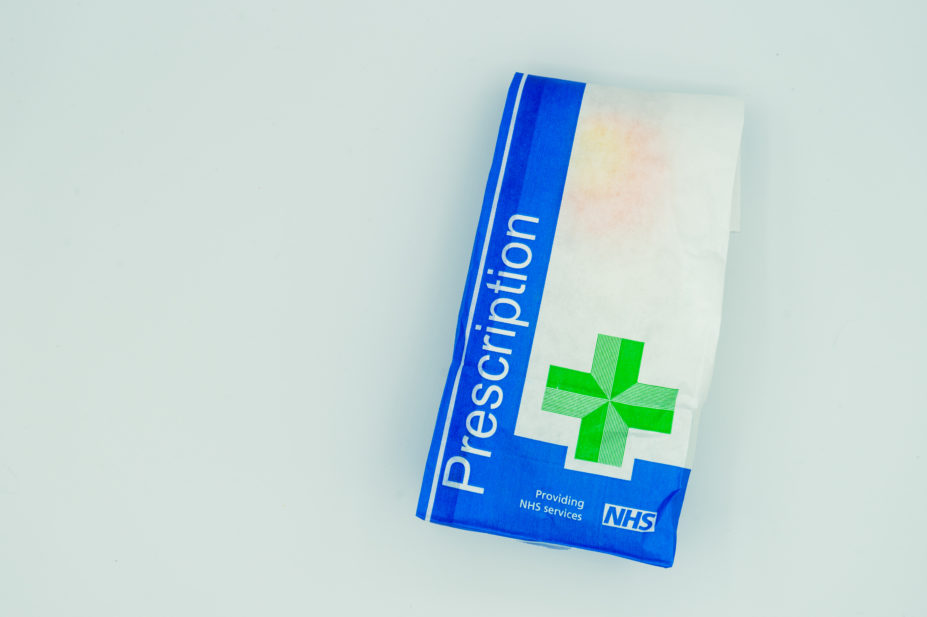
Shutterstock.com
The number of antidepressants prescribed in England rose by 5.1% in 2021/2022 compared with the previous year — the sixth annual increase in a row.
The latest increase means that the number of antidepressant items prescribed over the past six years has increased by 34.8%, from 61.9 million items in 2015/2016 to 83.4 million items in 2021/2022.
Figures published by NHS Business Services Authority (BSA) also showed an increase in the number of people prescribed antidepressants from 7.87 million people in 2020/2021 to 8.32 million people in 2021/2022.
According to the latest population estimates from the 2021 Census, published on 28 June 2022, this suggests 14.7% of the population in England — which totals 56.5 million people — received at least one prescription item for antidepressant drugs in 2021/2022.
The annual statistics, published on 7 July 2022, describe primary care prescribing of medicines used to improve mental health in England, which are subsequently dispensed in the community.
Of the antidepressant drugs dispensed, the number of selective serotonin re-uptake inhibitors (SSRIs) increased by 35.2% from 33.3 million items in 2015/2016 to 45.0 million in 2021/2022.
However, those classified as “other antidepressant drugs” saw the largest increase in usage, from 12.5 million items in 2015/2016 to 20.4 million in 2021/22 — a 63.3% increase.
The update also showed that in patients aged 17 years and under, the number receiving an antidepressant prescription rose by 9.2% compared with the previous year.
In June 2021, The Pharmaceutical Journal revealed that between April 2015 and April 2020, the number of unique patients aged under 17 years who were prescribed antidepressants increased by 26%, from 19,739 to 24,957, with peaks in prescribing coinciding with periods of lockdown during the COVID-19 pandemic.
Further data revealed that prescribing of antidepressants in children aged 5–12 years has increased by more than 40% between 2015 and 2021.
A spokesperson for the Royal College of Psychiatrists told The Pharmaceutical Journal: “Antidepressants are an effective evidence-based treatment and these figures need to be interpreted carefully as antidepressants can be prescribed for a range of health conditions.
“There are complex reasons why prescriptions for antidepressants are rising, which include progress on diagnosis and support for people with depression, changes in dosages, and the range of conditions they are prescribed for.”
The NHS BSA update looked at prescribing trends in five classes of drugs for mental health: antidepressants; hypnotics and anxiolytics; antipsychotics; central nervous system stimulants and ADHD drugs; and drugs for dementia.
All five drug classes, NHS BSA said, were more likely to be prescribed to patients living in more deprived areas of England.
It said the largest disparity was in “drugs used in psychoses and related disorders, which saw almost three times as many patients receiving prescribing from practices in the most deprived areas of the country, compared to the least deprived”.

Health inequalities
The Royal Pharmaceutical Society’s policy on health inequalities was drawn up in January 2023 following a presentation by Michael Marmot, director of the Institute for Health Equity, at the RPS annual conference in November 2022. The presentation highlighted the stark health inequalities across Britain.
While community pharmacies are most frequently located in areas of high deprivation, people living in these areas do not access the full range of services that are available. To mitigate this, the policy calls on pharmacies to not only think about the services it provides but also how it provides them by considering three actions:
- Deepening understanding of health inequalities
- This means developing an insight into the demographics of the population served by pharmacies using population health statistics and by engaging with patients directly through local community or faith groups.
- Understanding and improving pharmacy culture
- This calls on the whole pharmacy team to create a welcoming culture for all patients, empowering them to take an active role in their own care, and improving communication skills within the team and with patients.
- Improving structural barriers
- This calls for improving accessibility of patient information resources and incorporating health inequalities into pharmacy training and education to tackle wider barriers to care.


